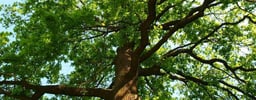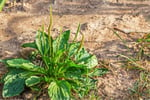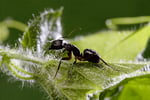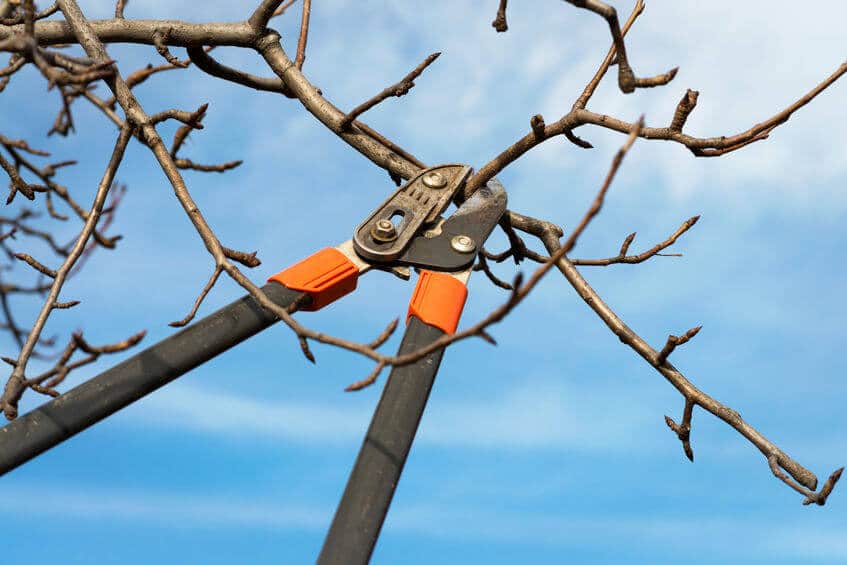Cool Season vs Warm Season
Turfgrasses are categorized as warm season grasses or cool season grasses depending on their tolerance of heat and energy producing characteristics. Cool season grasses thrive in cool and temperate climates (60 to 70 degrees) whereas warm season grasses flourish in temperatures between 76 and 95 degrees. The most common warm season grass is bermuda grass but it's considered a weed in the majority of our service areas. However, the majority of people have a combination of cool season turf grasses such a Kentucky bluegrass, perennial ryegrass, or fine fescue in their lawns.
Hot Weather & Drought Impacts
Cool grasses can survive hot temperatures but drought can cause the grasses to completely shut down their process of energy production, causing browning. The addition of drought into the equation drastically slows root growth adding to the browning process. Although the grasses were brown or may be brown now, all is not lost. The returning cool temperatures encourage grass growth. The fall temperatures will cause the dying grasses to resume some of their photosynthetic processes but the grasses need some assistance. Proper watering and fertilization help bring out the deep green color that people want.
Beneficial Fall Treatments
Unhealthy lawns may have thin grass strands or may be patchy and these patterns provide opportunities for extensive weed growth. Weeds such as spurge and crabgrass decline during the cooler months but the perennial weed, dandelion, may require fall herbicide treatment(s). Summer recreation activities and new construction may lead to extensive thatch build-up. Also, lawns primarily composed of Kentucky bluegrass may be subject to thatch build-up. One way to remove excess thatch is through the lawn aeration. Aeration consists of removing soil, root, and shoot plugs while leaving a small hole in the lawn. Grass seeds can be deposited in these holes to allow grass growth and promote healthy spring lawns.
Author: Hamilton Allen - Director of Technical Services and Training


.png?width=1142&height=1350&name=Holiday%20Decor%202025%20LP%20-%20548x648%20%20(1).png)










